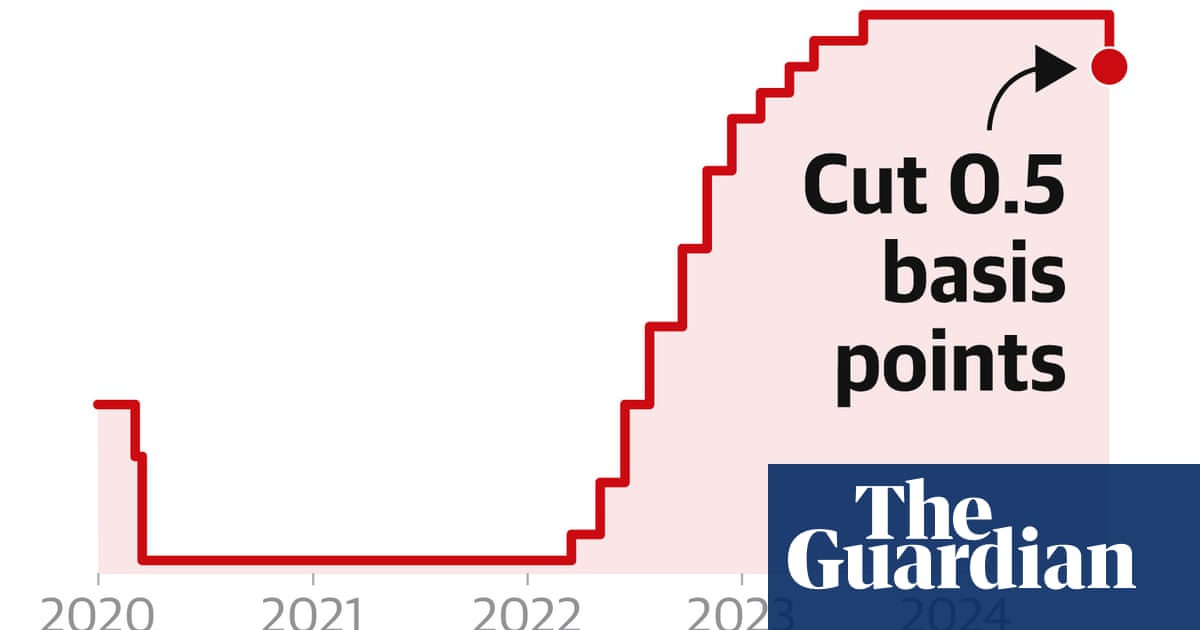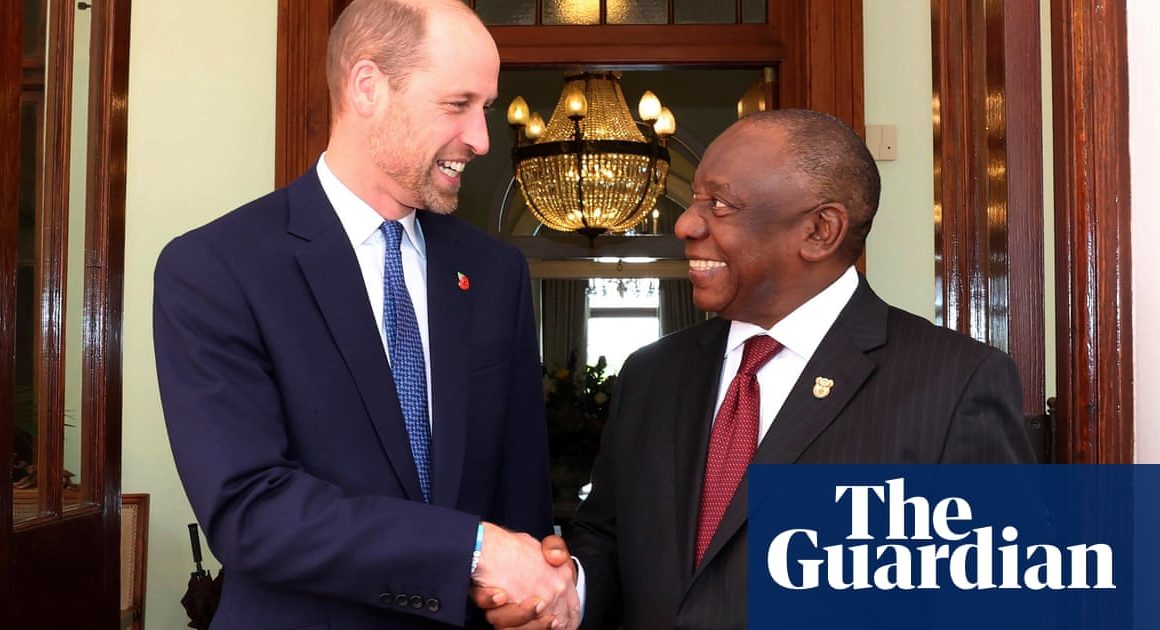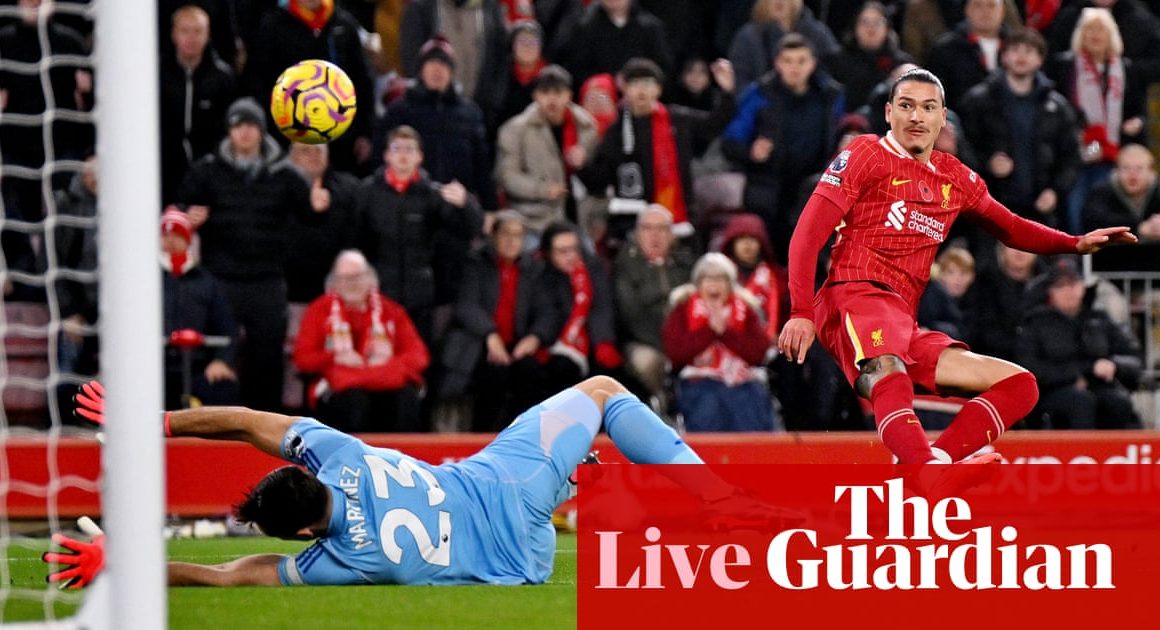The US Federal Reserve cut interest rates on Wednesday for the first time in four years, stepping back from its aggressive bid to cool the world’s largest economy and reduce inflation.
America’s central bank, which lifted rates to a two-decade high after price growth surged to its highest level in a generation, announced a cut of 50 basis points.
Policymakers at the Fed also expect to cut rates by an additional 50 basis points this year, according to projections released alongside the news. Wall Street rose, with the S&P 500 up 0.5%.
Inflation has fallen dramatically since peaking in summer 2022, although many consumers are still grappling with higher costs – from groceries and fuel to rent and travel fares – after years of price increases.
As tens of millions of Americans prepare to cast their votes in November, the strength of the economy, and concern about its direction, has become a critical issue in the presidential election campaign.
The Fed’s decision to lower its benchmark federal funds rate to between 4.75% and 5% marks a significant turning point in its battle against inflation.
Jerome Powell, its chair, had declared last month that “the time has come” for action.
Addressing reporters on Wednesday, he said: “This decision reflects our growing confidence that, within appropriate recalibration of our policy stance, strength in the labor market can be maintained in a context of moderate growth and inflation moving sustainably down to” the Fed’s 2% target.
He stressed that after a “good, strong start”, officials would make future rates decisions at each respective policy meeting – rather than commit to more cuts today – and expressed optimism that the US will steer clear of recession. “I don’t see anything in the economy that suggests the likelihood of a downturn is elevated,” he said. “I don’t see that.”
Asked whether the central bank is playing catch-up, and responding to weaker data on the jobs market, Powell said: “We don’t think we’re behind. We think this is timely, but I think you can take this as a sign of our commitment not to get behind.”
At the onset of the pandemic, as strict Covid-19 lockdowns and restrictions roiled the world, Fed policymakers cut rates to close to zero. Stimulus bills approved by Congress pumped trillions of dollars into the US economy.
Within a year, vaccines arrived, restrictions were loosened, and many people started to spend more time outside their homes again. Consumer demand, shored up by the stimulus packages, remained remarkably resilient.
As inflation started to soar in 2021, Fed officials, including Powell, initially dismissed it as a “transitory” effect of the pandemic’s fluctuations in supply and demand. The following year, however, they changed tack – and embarked upon an extraordinary campaign to tame its rapid rise.
The Fed hiked rates at 11 consecutive meetings in 2022 and 2023, and then held them at between 5.25% and 5.5% for more than a year, in an effort to pull price growth back down to its target.
While the consumer price index has not yet reached this level, it’s getting there. The most recent reading, for August, came in at 2.5%: its lowest level since February 2021.
As the labor market has cooled, raising fears of a broader economic slowdown, the Fed has faced mounting pressure to budge.
“It is clearly the time for the Fed to cut rates,” the Democratic senators Elizabeth Warren, Sheldon Whitehouse and John Hickenlooper wrote to Powell on Monday. “In fact, it may be too late: your delays have threatened the economy and left the Fed behind the curve.”
Powell defended the central bank’s decisions. “Our patient approach over the past year has paid dividends,” he said. “Inflation is now closer to our objective and we have gained greater confidence that inflation is moving sustainably toward 2%.”
Around the world, other central banks will be watching closely. Ratesetters on the Bank of England’s monetary policy committee are due to make their next decision on Thursday.
While the Fed is independent, its decision to cut rates less than 50 days before the election is likely to attract political scrutiny. Donald Trump, who broke with protocol during his presidency to pressure the central bank to reduce rates, has argued it should not do so with polling day so close.
Trump has also suggested he would deserve a say on Fed decisions, should he reenter the White House. Kamala Harris has insisted she would not “interfere” in its deliberations.
Powell bluntly denied that the Fed’s latest decision had anything to do with the election.
“This is my fourth presidential election at the Fed, and it’s always the same,” he told reporters. “We’re going into this meeting in particular and asking what the right thing to do for the people we serve. And we do that, and we make a decision as a group, and then we announce it. That’s always what it is, it is never about anything else.”
Projections released alongside Wednesday’s announcement outlined how Fed policymakers expect a key metric of inflation, the personal consumption expenditures index, to fade to 2.3% this year, 2.1% next, and 2% in 2026. Their median US growth forecast stood at 2% for each of the three years.











